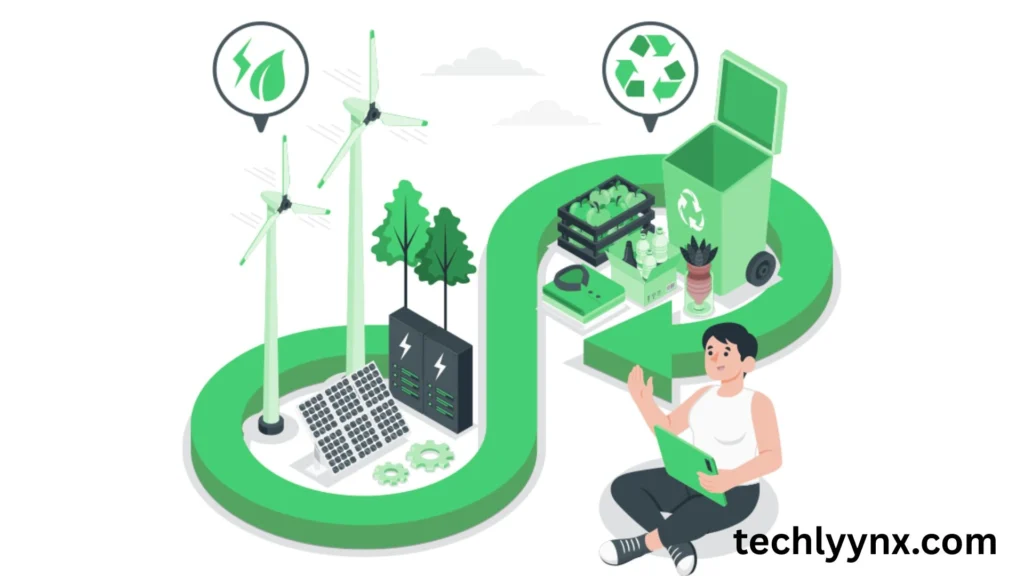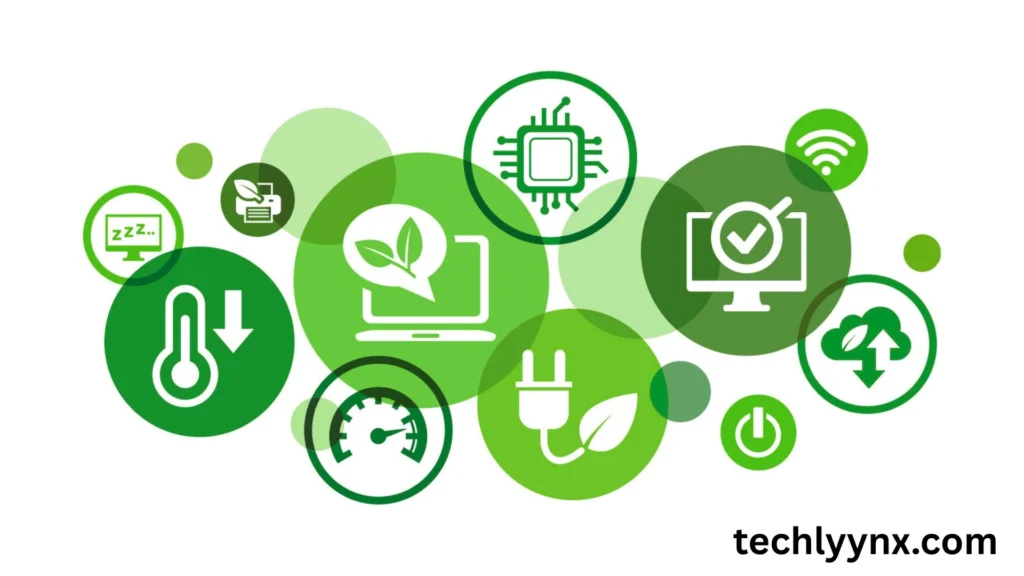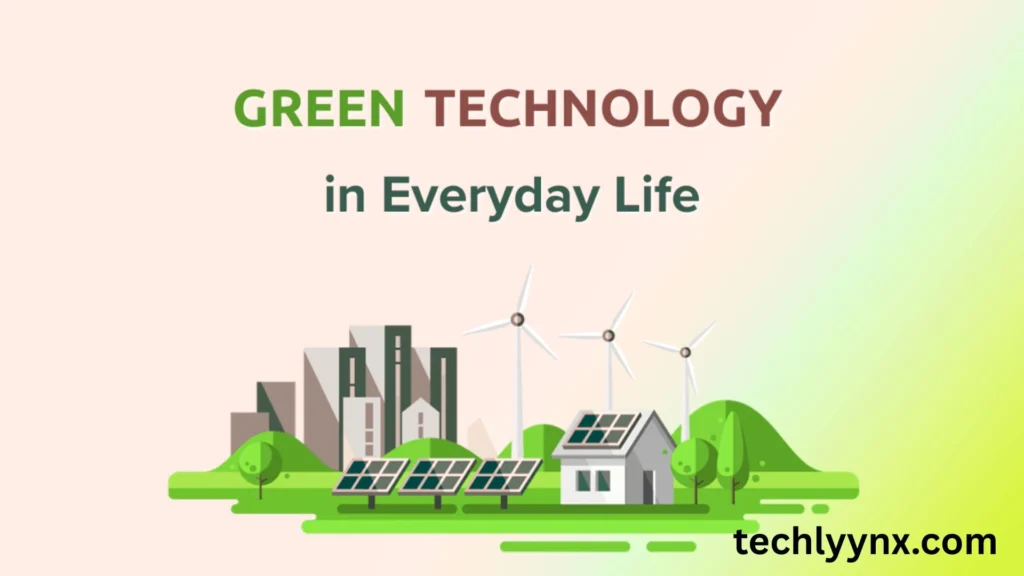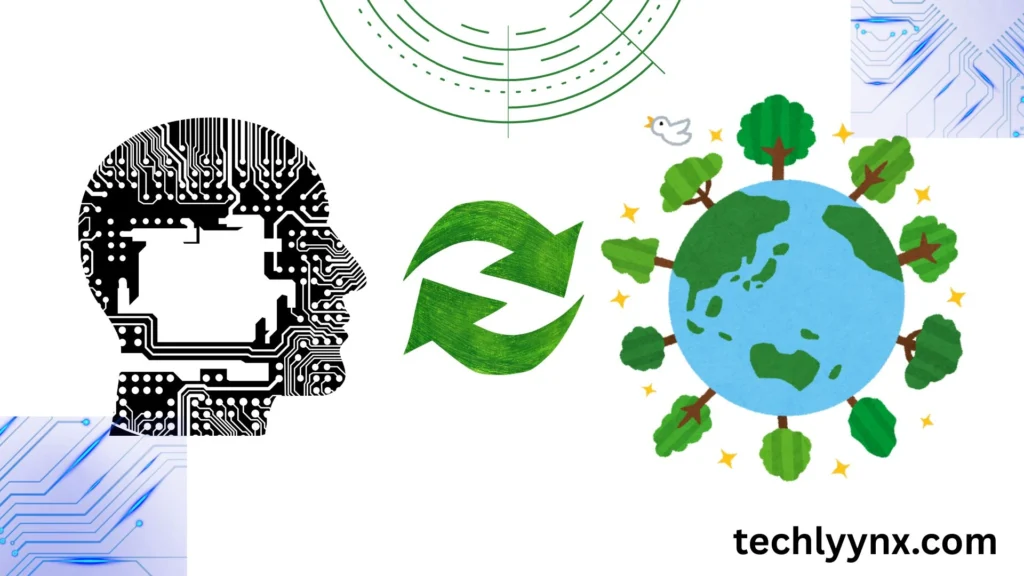We hear the words sustainability and technology practically everywhere in today’s rapidly evolving world, from news headlines to conversations at work. But what is the precise relationship between these two? And why is their relationship important to us?
When sustainability and technology are combined, we are discussing the use of contemporary instruments, frameworks, and inventions to build a better future without endangering the environment or depleting resources for future generations. This is a necessity rather than merely a concept.
To help you comprehend how they impact our everyday lives and the world around us, this essay will discuss their relationship, significance, and meaning in plain language.
Understanding Sustainability And Technology

Before we discuss their connection, it’s important to understand what each term means.
Sustainability is all about meeting our current needs without compromising the ability of future generations to meet theirs. It focuses on responsible use of natural resources, protecting the environment, and creating systems that last over time.
Technology refers to tools, machines, and processes that humans develop to solve problems, improve lives, and make tasks easier. From smartphones to renewable energy systems, technology is part of our daily routine.
When we talk about sustainability and technology together, we mean using innovation in ways that help reduce environmental impact, conserve resources, and improve human well-being. For example:
- Sunlight is converted into power by solar panels.
- The consumption of fossil fuels is decreased by electric automobiles.
- Water is saved and crop productivity is increased via smart agricultural technologies.
The objective is to develop ecologically friendly and effective solutions.
The Relation Between Sustainability And Technology

Technology and sustainability have a collaborative relationship. While technology offers the means to accomplish it, sustainability establishes the objective.
Consider sustainability as saying, “We need healthy ecosystems, clean air, and equitable access to resources.” “Here’s how we can make that happen,” technology responds.
Here are some instances of this connection:
Renewable energy technology includes solar farms and wind turbines that generate clean electricity.
Water Conservation Technology: Sensor-based smart irrigation systems that precisely deliver water to plants.
Recycling Innovations: Equipment that reduces the amount of waste dumped in landfills by sorting and processing waste more effectively.
In other words, sustainability gives us the reason, and technology gives us the method. Without technology, sustainability would be slow and difficult to achieve. Without sustainability, technology might advance in ways that harm the planet instead of protecting it.
Their Importance Today

It is impossible to overestimate the significance of technology and sustainability in contemporary culture. Pollution, resource depletion, and climate change are major issues that impact all nations. We can confront these issues head-on with the aid of technology.
This link is important for the following five reasons:
Combating Climate Change
By reducing dependency on coal and gas, advanced energy systems like solar panels, wind farms, and battery storage lower greenhouse gas emissions.
Conserving Natural Resources
By keeping an eye on energy, water, and raw materials, smart resource management technologies may stop waste and overuse.
Enhancing Life Quality
Sustainable technology enhances living circumstances, safety, and health in a variety of ways, from waste management to cleaner transportation.
Developing Green Employment
Technology and sustainability-focused industries, like eco-friendly manufacturing and renewable energy, are generating millions of employment globally.
Promoting International Collaboration
Through technology, nations may collaborate to address global environmental issues by exchanging information, concepts, and solutions.
In actuality, the world cannot afford to choose between sustainability and progress; rather, both must coexist.
Real-Life Examples

Discussing concepts is one thing, but putting them into action is quite another. Technology and sustainability are already having a good impact on the world.
Electric Public Transportation, for instance
Bus fleets in cities like Shenzhen and Oslo are all electric, reducing carbon emissions and noise pollution.
Second Example: Intelligent Farming
Drones and sensors are being used by farmers to track crop requirements and soil health, which lowers water consumption and increases harvests.
Green Building Technology To reduce utility costs and their impact on the environment, architects create buildings with solar panels, smart climate controls, and energy-efficient lighting.
Example 4: Energy-from-Waste Plants
Countries like Sweden reduce landfill waste while producing clean power by converting rubbish into heating and electricity.
These examples show how, when we merge sustainability and technology, we don’t just solve one problem — we improve entire systems.
The Future Of Sustainability And Technology
In the future, technology and sustainability will only become more important. We must rely on innovation to strike a balance between growth and environmental stewardship as our population grows and resource demands rise.
Here are a few potential futures:
- AI Models for Climate Prediction: By predicting extreme weather events, AI models could assist populations in adapting and preparing.
- Electronics manufactured from materials that decompose naturally are known as biodegradable electronics, which help to reduce e-waste.
- Carbon Capture Technology: Devices that extract CO₂ from the atmosphere and either store it underground or convert it into goods that can be used.
- Smart Ocean Monitoring: To preserve biodiversity, sensors monitor marine life and water quality.
- The challenge will be making these technologies affordable and accessible to everyone — not just wealthy nations or corporations. Governments, businesses, and communities must work together to ensure that innovation benefits all.
If we continue to align our technological advancements with the principles of sustainability, we can create a future that is both advanced and environmentally secure.
Conclusion
Technology and sustainability are not two distinct concepts; rather, they are collaborators influencing our future. We can solve the most pressing issues facing the globe and make life better for everybody by fusing innovation and environmental responsibility.
When we employ technology for good, the possibilities are boundless, from smart farming to sustainable energy. The secret is to remain dedicated to creating instruments that promote a vibrant society and a healthy planet.
Ultimately, the connection between technology and sustainability is not only significant, but also necessary to create a better future. Future generations’ world will be determined by the decisions we make today. Let’s make sure they can grow up and be proud of the place they live in.

